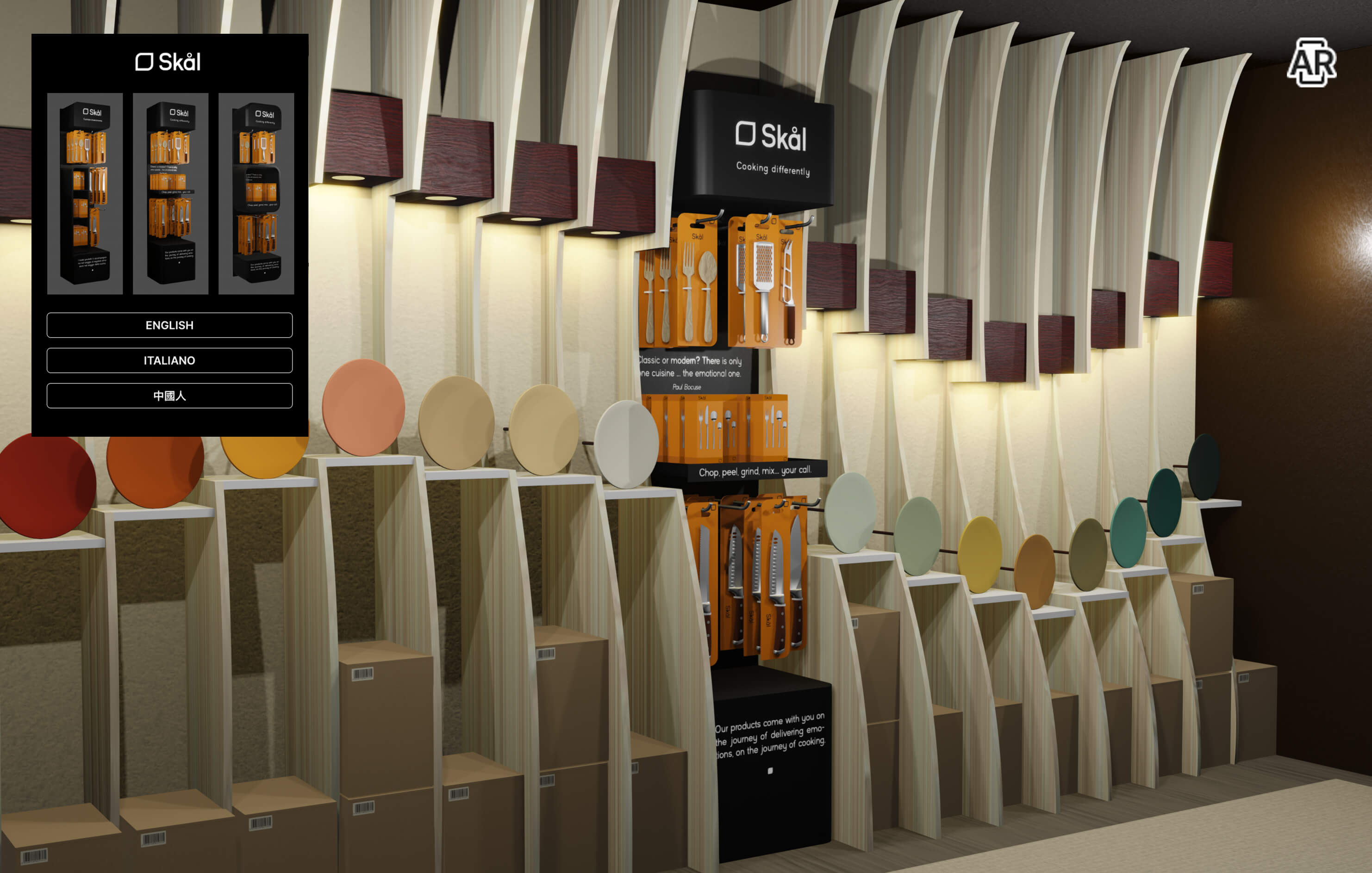5 tips for adding interactive 3D to your packaging design workflow
This is an excellent opportunity for packaging designers.
When we think about packaging design, the final visual presentation is often the first thing that comes to mind. While this aspect is certainly important, interactive 3D can be helpful in many other use cases. For example, it can aid in collaboration, concept approval, or even serve as training material for manufacturers. Here are some tips on how 3D packaging design, combined with interactive and configurator features in Vectary, can help you achieve your goals:
1. Interactive training guide for manufacturers
Packaging design is a crucial aspect of many industries, where brands often develop unique packaging designs that require specific assembly instructions. Vectary, a 3D design platform, can be used to create an interactive guide on how to assemble each part of the packaging design. These guides can be shared with factories through a link, making the assembly process easier and more efficient. Additionally, packaging design companies can use them to showcase their portfolio and provide a tutorial for their clients.
Try this live 3D packaging design demo
2. Interactive 3D mockups for collaboration
It is common for graphic designers to struggle with finding the right mockup and being able to view it from any angle. This is why the Vectary 3D Elements plugin in Figma is so popular. However, with the latest updates in Vectary Studio, the options are even more wide. Now, you can create your own 3D mockup, define which parts of the 3D model can be customized, and send it to your colleagues to test various design ideas. You can even use it in your marketing campaign to co-design with your fans or users.
Try this live 3D packaging design demo
3. Product range presentation with 3D and AR
A 3D viewer is an excellent way to showcase a packaging design. However, with Vectary, you can take your presentation to the next level by making it interactive or even using Augmented Reality. In addition to simple slideshows, presentations can include configurable elements such as a material switcher as a floating UI element.
Try this live 3D packaging design demo
4. On-click information about packaging design
Hotspots are a useful tool for displaying additional information about packaging design. For example, you can indicate the materials used for each product, and provide information on recycling and reuse. Clicking on a hotspot reveals an annotation with all the relevant details, including images, animations, or links to other pages.
Try this live 3D packaging design demo
5. Adapt to retail with variants, language localization & AR
Variants offer the opportunity to explore different options and select the one that best fits the surrounding environment. For instance, you can decide on the style of a branding corner in a store based on the store's aesthetic. Switching to Augmented Reality can further enhance your vision and assist you in accurately visualizing how it will appear in reality. This process also applies to localization and assists in determining the size of your products and/or graphics based on the chosen language.

Try this live 3D packaging design demo
The future of packaging design: sustainability and digital twins
Sustainable materials are not just a trend but an important shift in packaging design and creation. By utilizing digital prototypes from the early stages of a project, a lot of resources can be saved, lowering the overall carbon footprint of a product. An interactive presentation with a digital twin can showcase how the design looks and behaves. Augmented Reality can place the design in a real environment, saving thousands of samples and delivery costs. It is also a useful tool to test the real size of the retail display. The possibilities are endless.